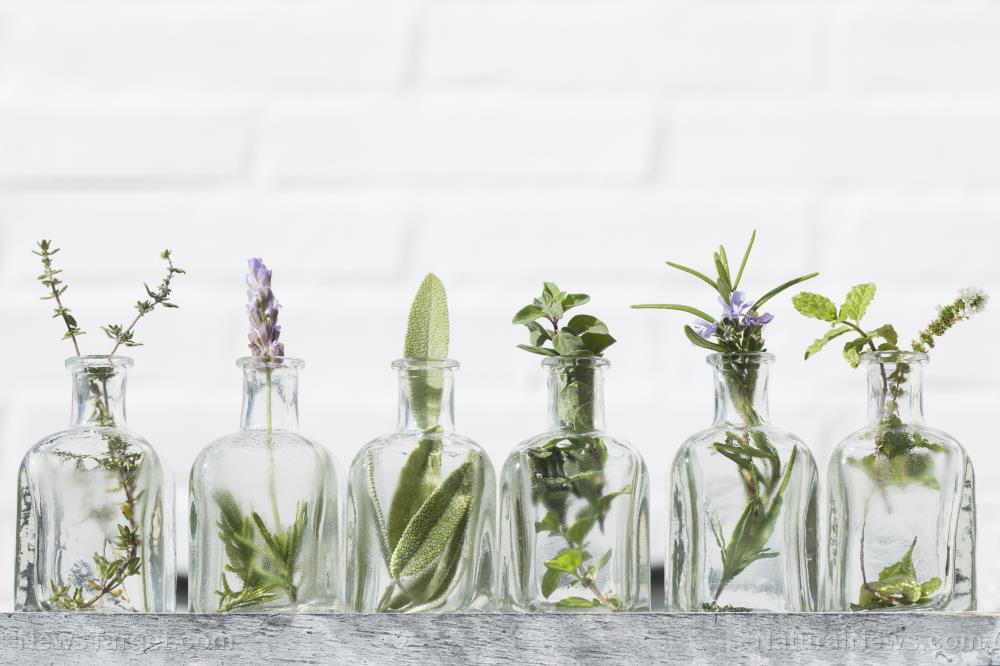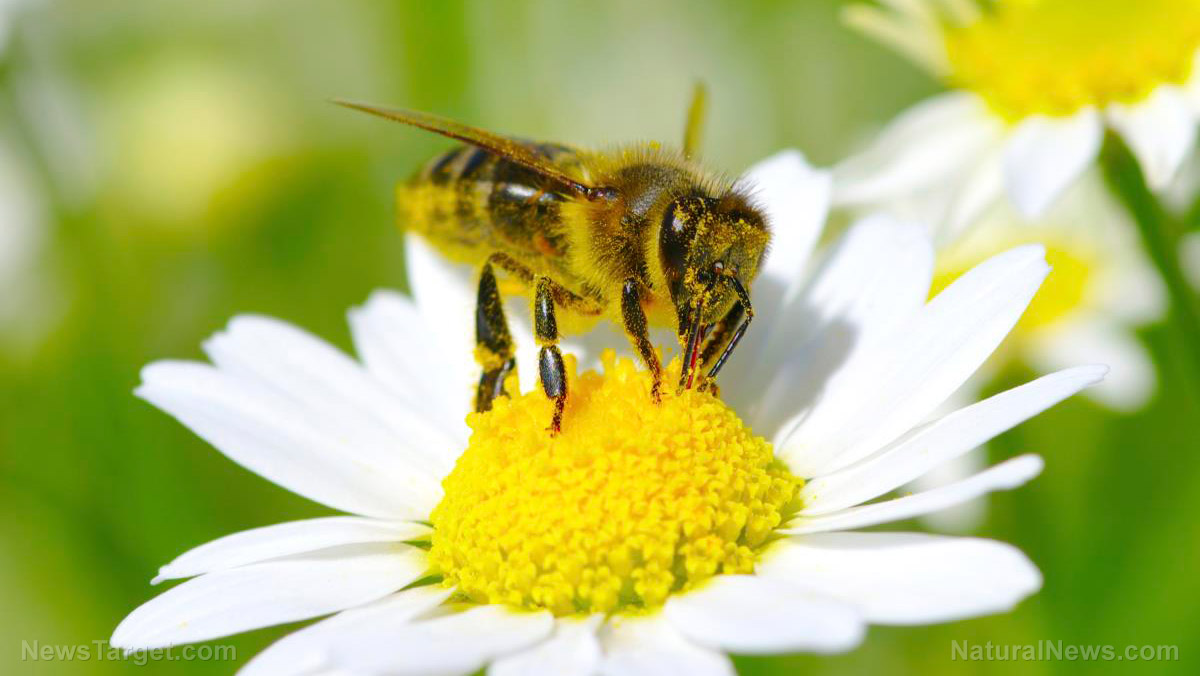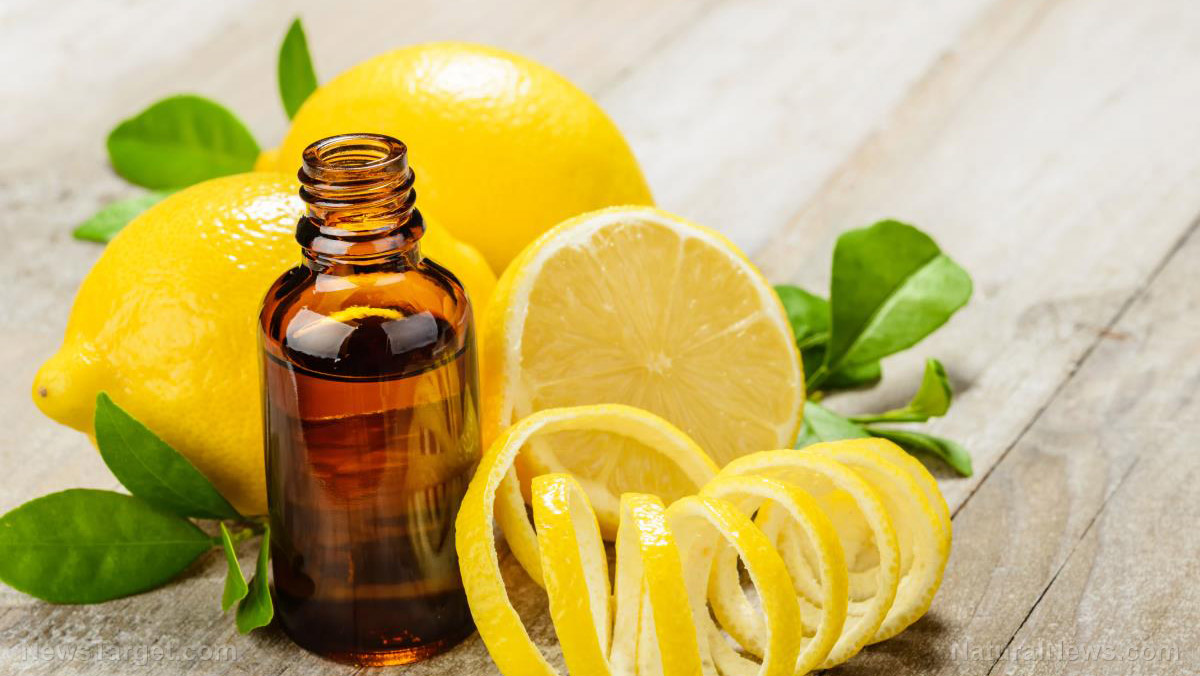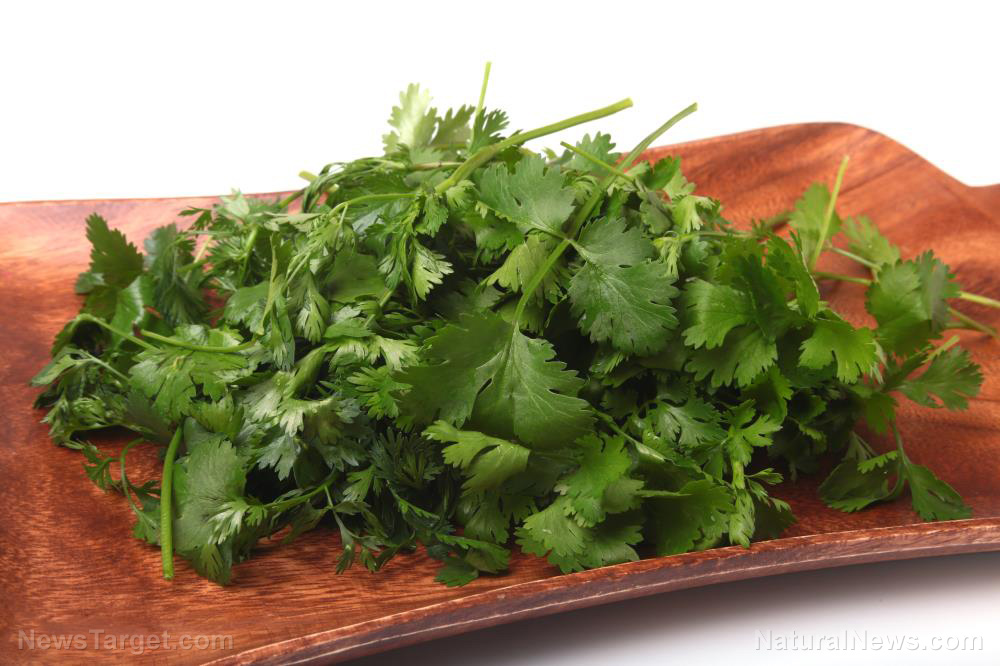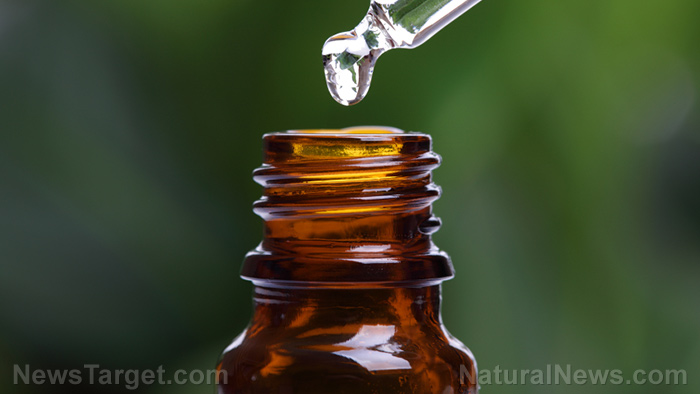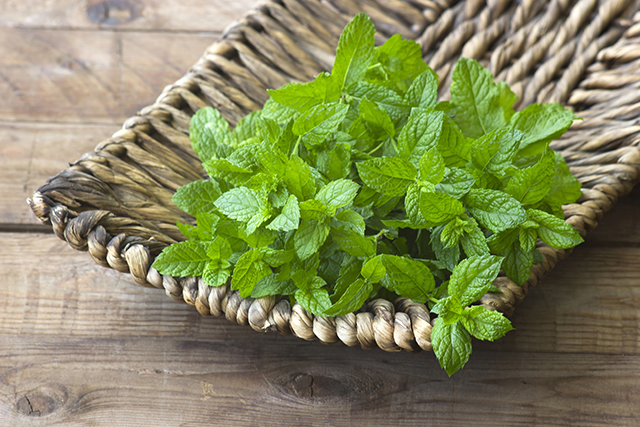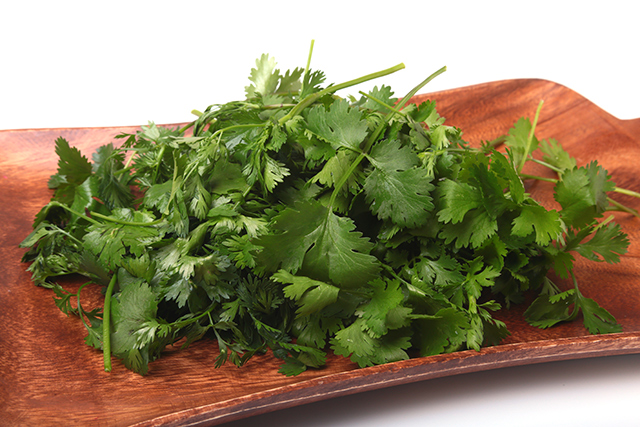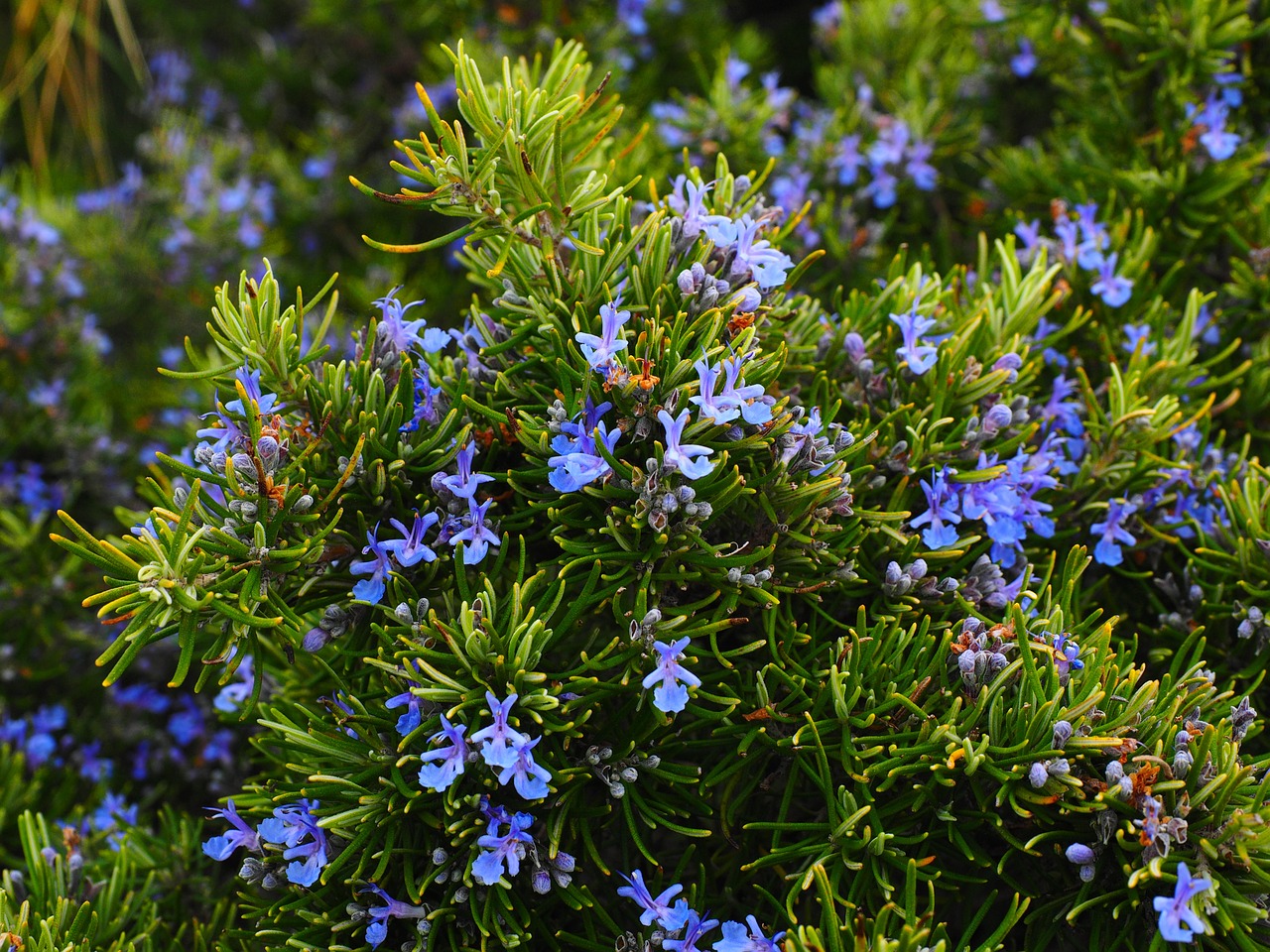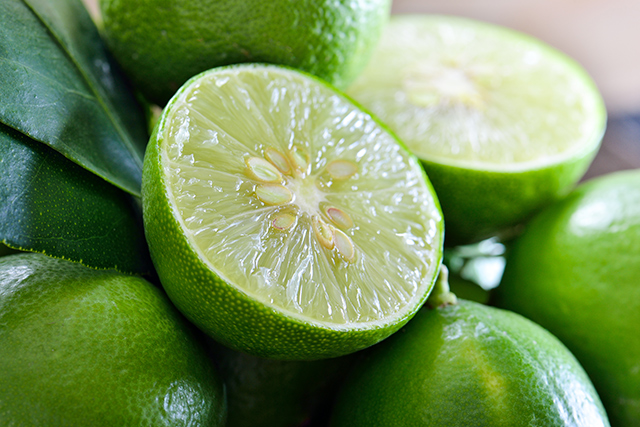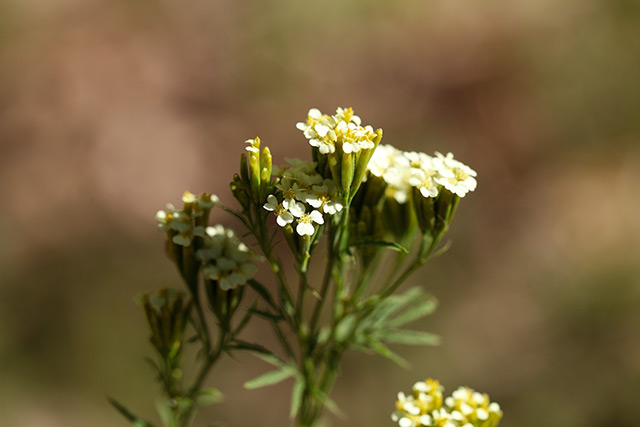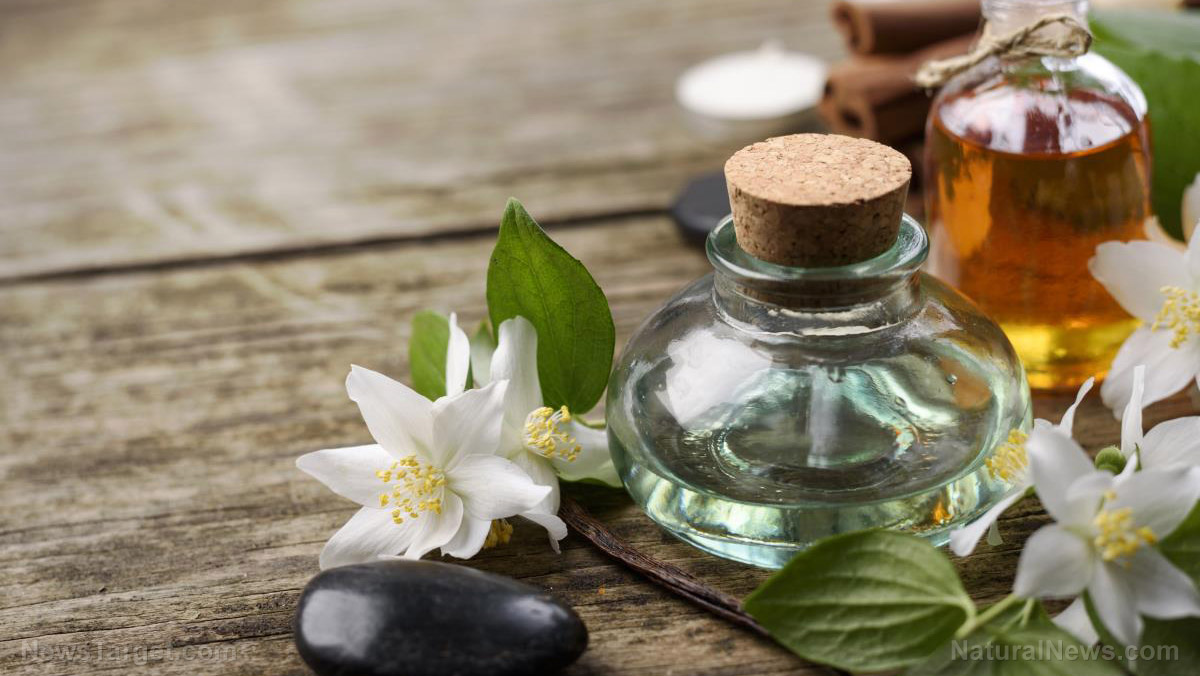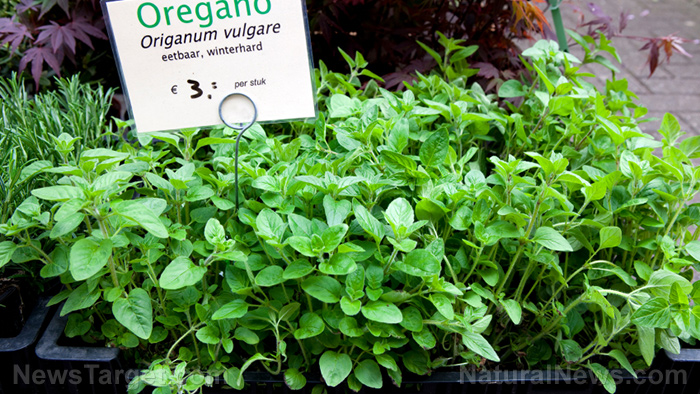A beginner’s guide to essential oils
10/27/2015 / By Julie Wilson

Quintessential for maintaining whole body health, essential oil use dates back to ancient Egypt, which is revealed through recipes that were recorded in hieroglyphics on temple walls.
If you’re new to using essential oils, or simply looking to deepen your knowledge of them, Abundant Health’s book Modern Essentials: A Contemporary Guide to Therapeutic Use of Essential Oils is a great place to start.
The following is an excerpt from the book detailing fun facts about essential oils:
“Essential oils are the volatile liquids that are distilled from plants (including their respective parts such as seeds, bark, leaves, stems, roots, flowers, fruit, etc.). One of the factors that determines the purity and therapeutic value of an oil is its chemical constituents.
How geography may affect the cost of essential oils
“These constituents can be affected by a vast number of variables: the part(s) of the plant from which the oil was produced, soil condition, fertilizer (organic or chemical), geographic region, climate, altitude, harvest season and method, and distillation process.
“For example, common thyme, or thyme vulgaris, produces several different chemotypes (biochemical specifics or simple species) depending on the conditions of its growth, climate, and altitude. High levels of thymol depend on the time of year in which it is distilled.
“If distilled during mid-summer or late fall, there can be higher levels of carvacrol, which can cause the oil to be more caustic or irritating to the skin. Low pressure and low temperature are key to maintaining the purity, the ultimate fragrance, and the therapeutic value of the oil.
“As we begin to understand the power of essential oils in the realm of personal holistic health care, we comprehend the absolute necessity of obtaining certified pure therapeutic-grade essential oils. No matter how costly certified pure therapeutic-grade essential oils may be, there can be no substitute. Chemists can replicate some of the known individual constituents, but they have yet to successfully recreate complete essential oils in the laboratory.
“Those who are beginning their journey into the realm of aromatherapy and essential oils must actively seek for the purest quality and highest therapeutic-grade oils available. Anything less than certified pure therapeutic-grade essential oil may not produce the desired results and can, in some cases, be extremely toxic.
How industrial processing destroys benefits of essential oils
“Producing the purest of oils can be very costly because it may require several hundred pounds, or even several thousand pounds, of plant material to extract 1 pound of pure essential oil,” writes Abundant Health.
“Because the vast majority of all the oils produced in the world today are used by the perfume industry, the oils are being purchased for their aromatic qualities only. High pressure, high temperatures, rapid processing, and the use of chemical solvents are often employed during the distillation process so that a greater quantity of oil can be produced at a faster rate.
“These oils may smell just as good and cost much less, but they will lack most, it not all, of the chemical constituents necessary to produce the expected therapeutic results.”
Powerful antioxidants
“Essential oils embody the regenerating, oxygenating, and immune-strengthening properties of plants. Essential oils are so small in molecular size that they can quickly penetrate the skin.
“Essential oils are lipid soluble and are capable of penetrating cell walls, even if they have hardened because of an oxygen deficiency. In fact, essential oils can affect every cell of the body within 20 minutes and then be metabolized like other nutrients.
“Essential oils contain oxygen molecules that help to transport nutrients to the starving human cells. Because a nutritional deficiency is an oxygen deficiency, disease begins when the cells lack the oxygen for proper nutrient assimilation. By providing the needed oxygen, essential oils also work to stimulate the immune system.
“Essential oils are very powerful antioxidants” that “create an unfriendly environment for free radicals.” They can even prevent mutations, work as free radical scavengers, and prevent fungus and cellular oxidation, which damages cell members, cellular proteins, lips and DNA.
Essential oils are:
• Antibacterial
• Anticancer
• Antifungal
• Anti-infectious
• Antimicrobial
• Antitumor
• Antiparasitic
• Antiviral
• Antiseptic
When defused into the air, essential oils provide purification by:
• Removing metallic particles and toxins from the air
• Increasing atmospheric oxygen
• Increasing ozone and negative ions in the area, which inhibits bacterial growth
• Destroying odors from mold, cigarettes, and animals
• Filling the air with a fresh, aromatic scent
Additional sources:
Tagged Under: Antifungal, antioxidants, Antiparasitic, Cancer fighting, essential oils, health benefits, natural health



